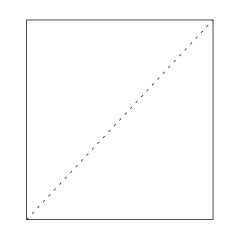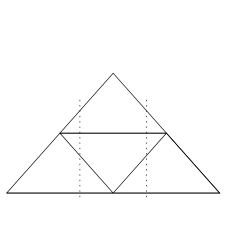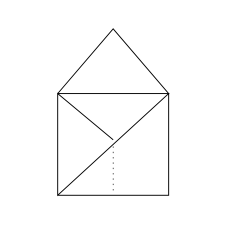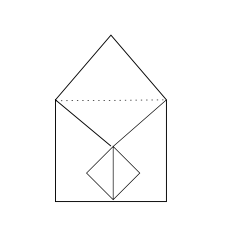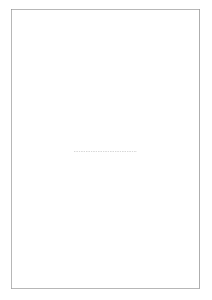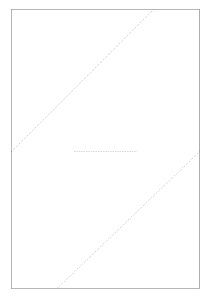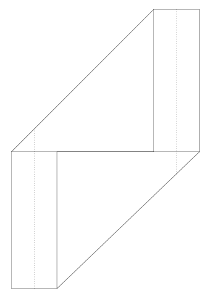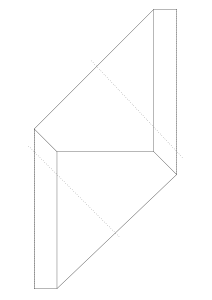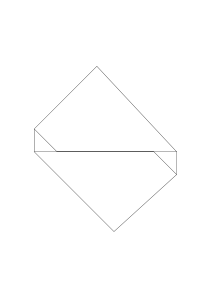I’m a big fan of practical origami - especially for things that are useful in a day-to-day kinda way, rather than a ‘this is awesome, but I’ll forget it by next month as I never used it’ design.
To this end I have found 2 designs for envelopes that I use a lot - why two? you might ask Well, one is folded from a square, the other from a rectangle - one is more of an envelope, while the other is more of a way of turning a letter_into_ an envelope.
I’m always interested in hearing about new ‘practical folds’ such as these that you can use everyday - if you know of any good ones, please let me know!
Square Fold Envelope
This envelope is good for putting something else securely inside - be it a letter, beads, screws or any other knicknacks.
- Take a square piece of paper, and fold it along a diagonal.
- Rotate the triangle so the long edge is down. Fold down the front flap only so the point meets the long edge.
- Fold in each corner point by about one third so that each point meets the opposite side fold, one over the other.
- Fold the upper corner point up to the centre line, and squash fold it down to form a square at the centre of the envelope.
- Fold the top flap over to the bottom edge, tucking its point into the square made by the squash fold above.
Rectangle Fold Envelope
This envelope is good for folding a letter written on rectangular paper, sealing it (wax seal optional!) putting a stamp on the back and posting it.
Note that the side facing you when you begin folding will become the inside of the envelope.
- Fold a rectangular sheet vertically down and gently crease the centre line, then unfold
- Fold in the opposite corners so that the side edge meets the central crease, and the corners the mid-line at the edges.
- Fold in the side edges to meet the vertical edge of the previosuly made triangles.
- Fold the top and bottom points in to the mid-point on the opposite side, to meet each other at the centre line.
- Tuck these points into the small triangle flaps at each side of the middle line to seal.

